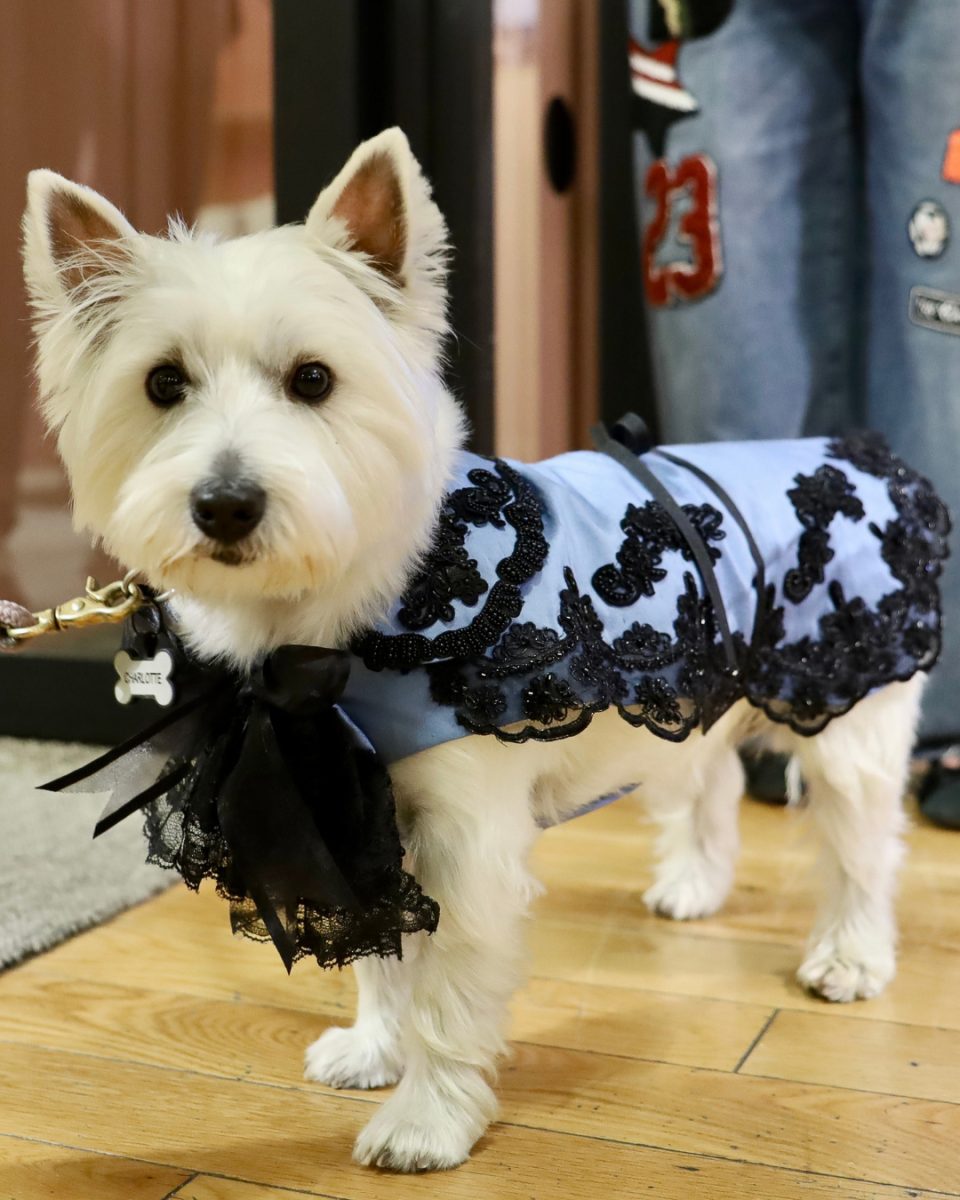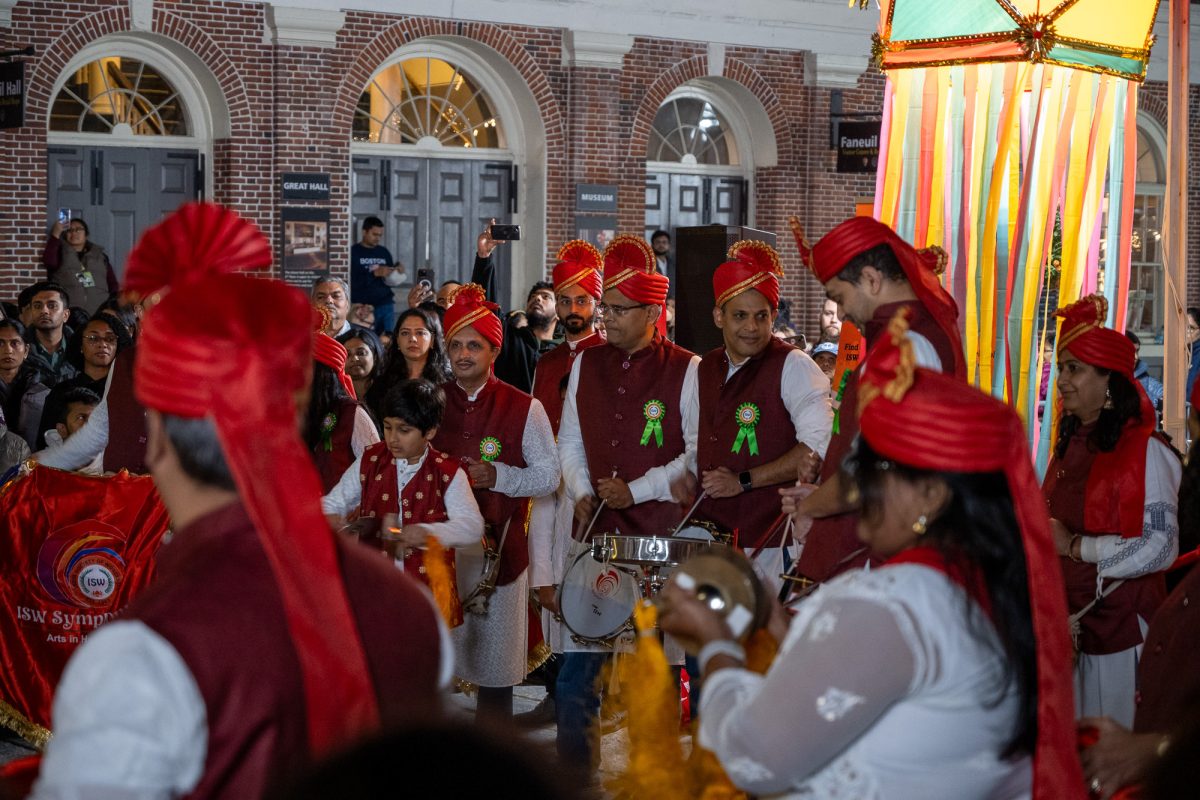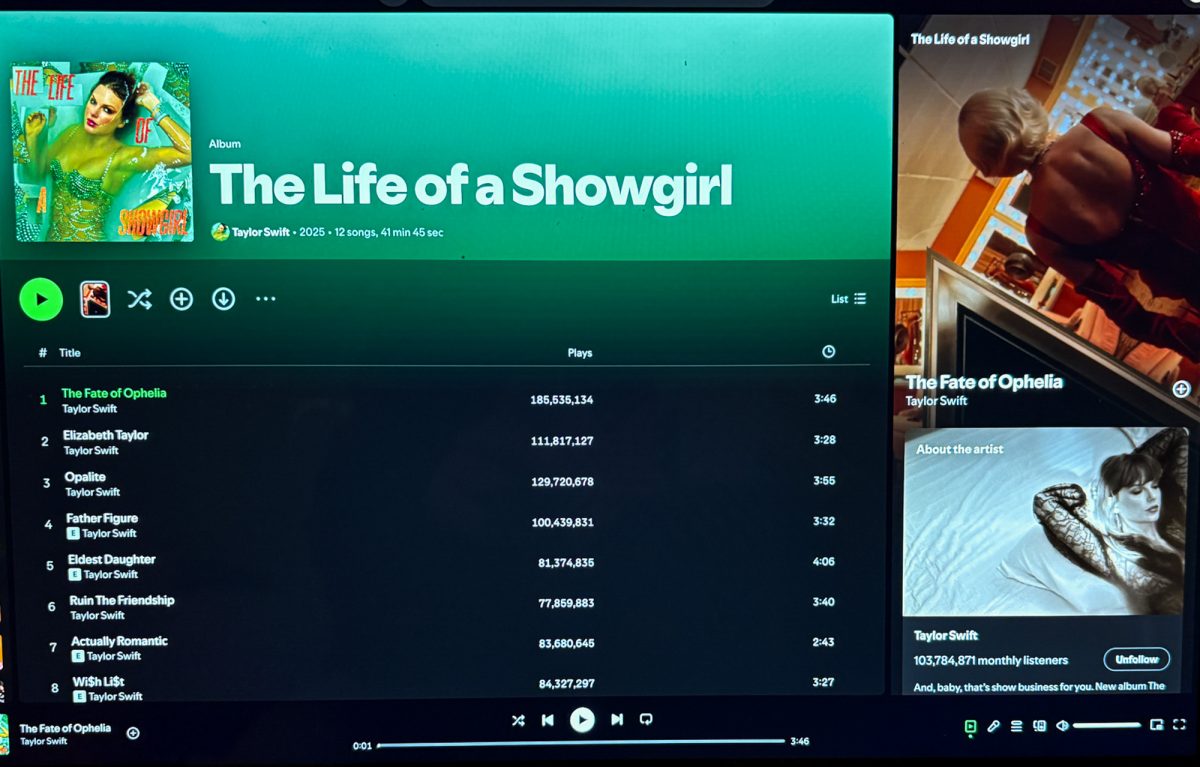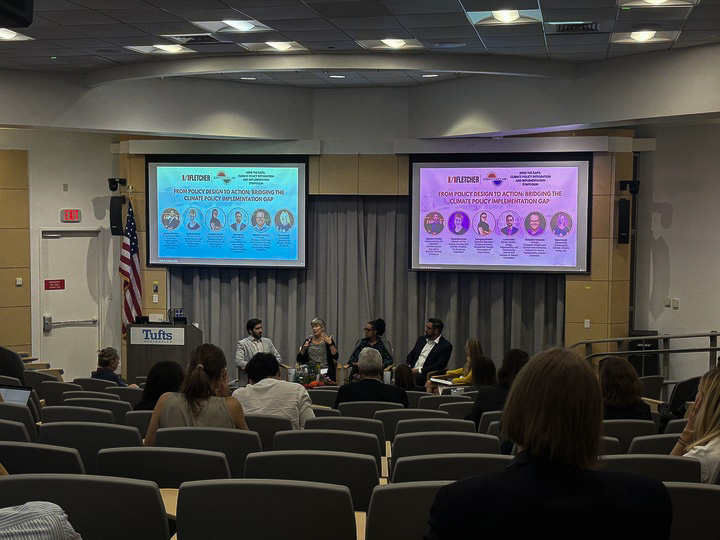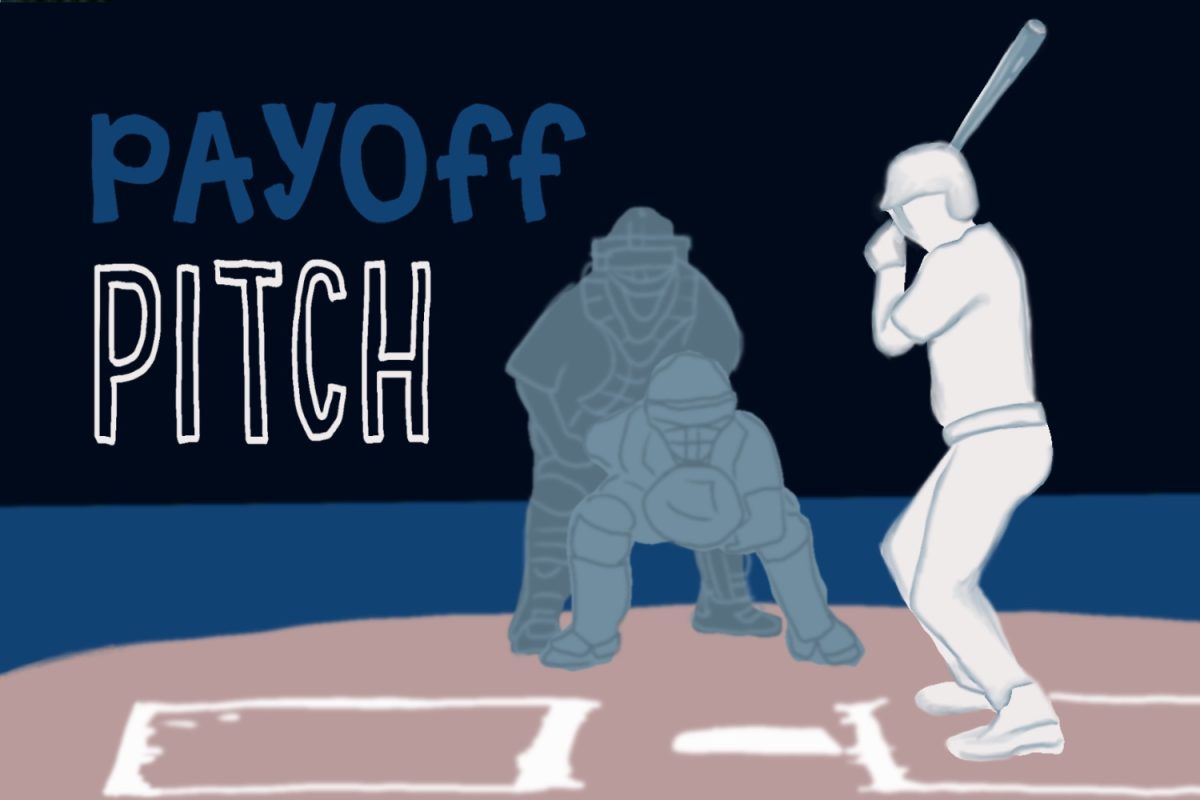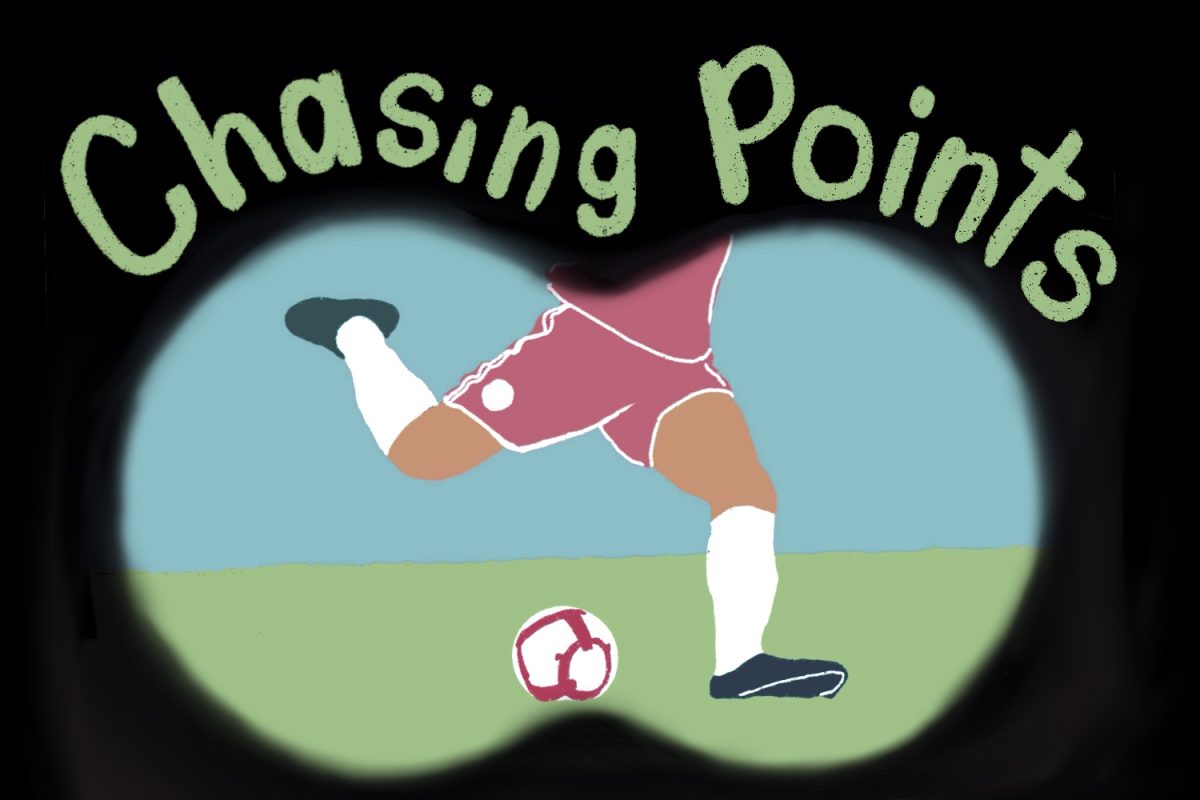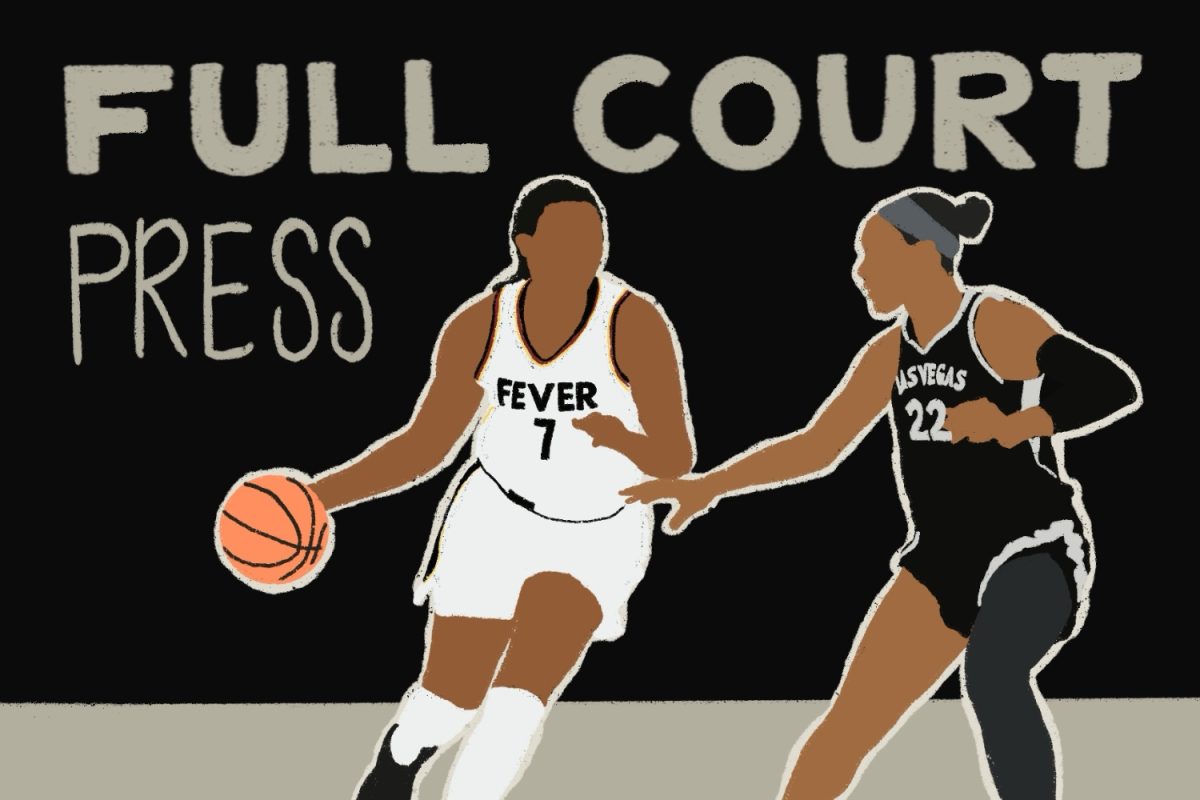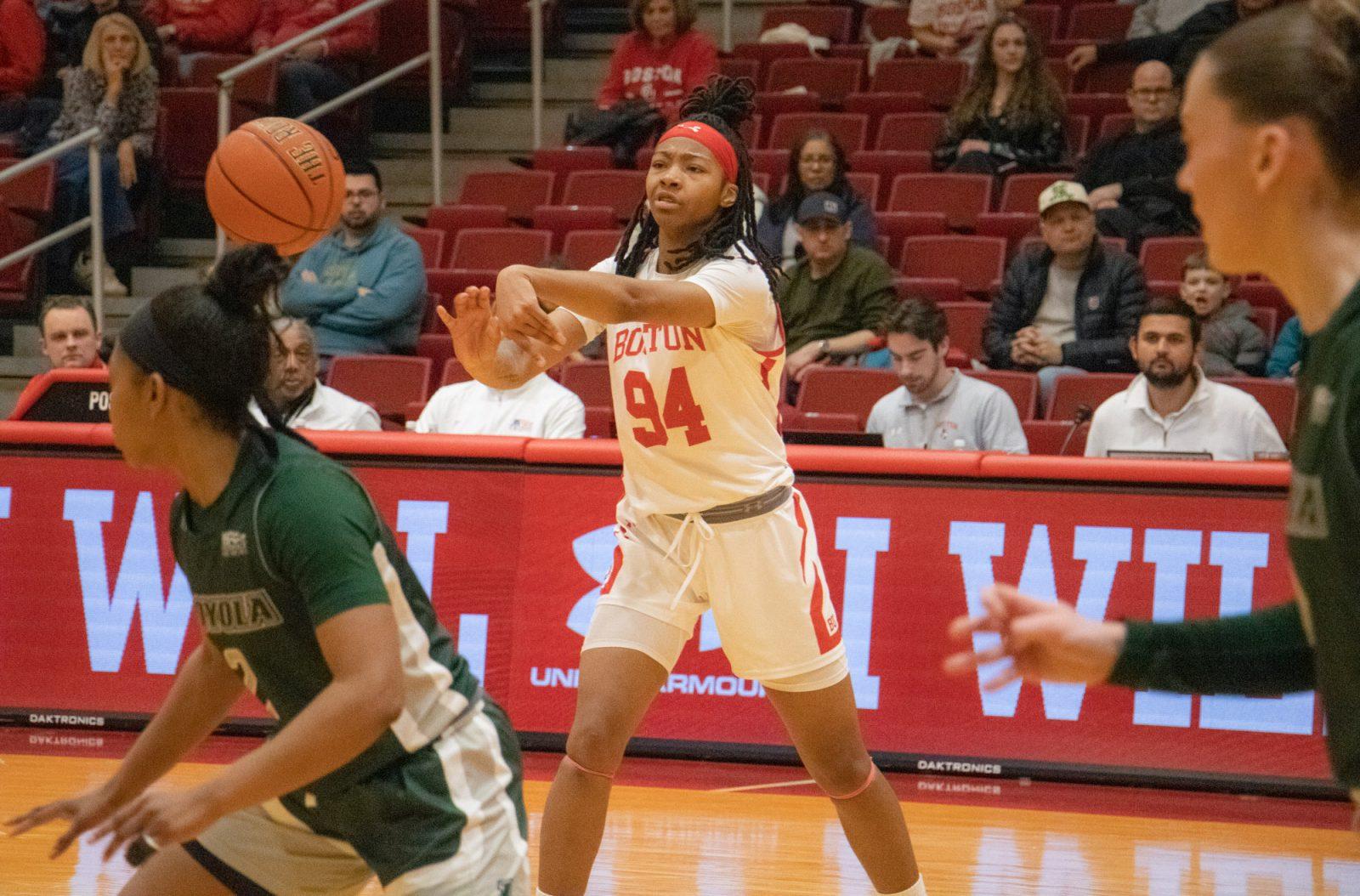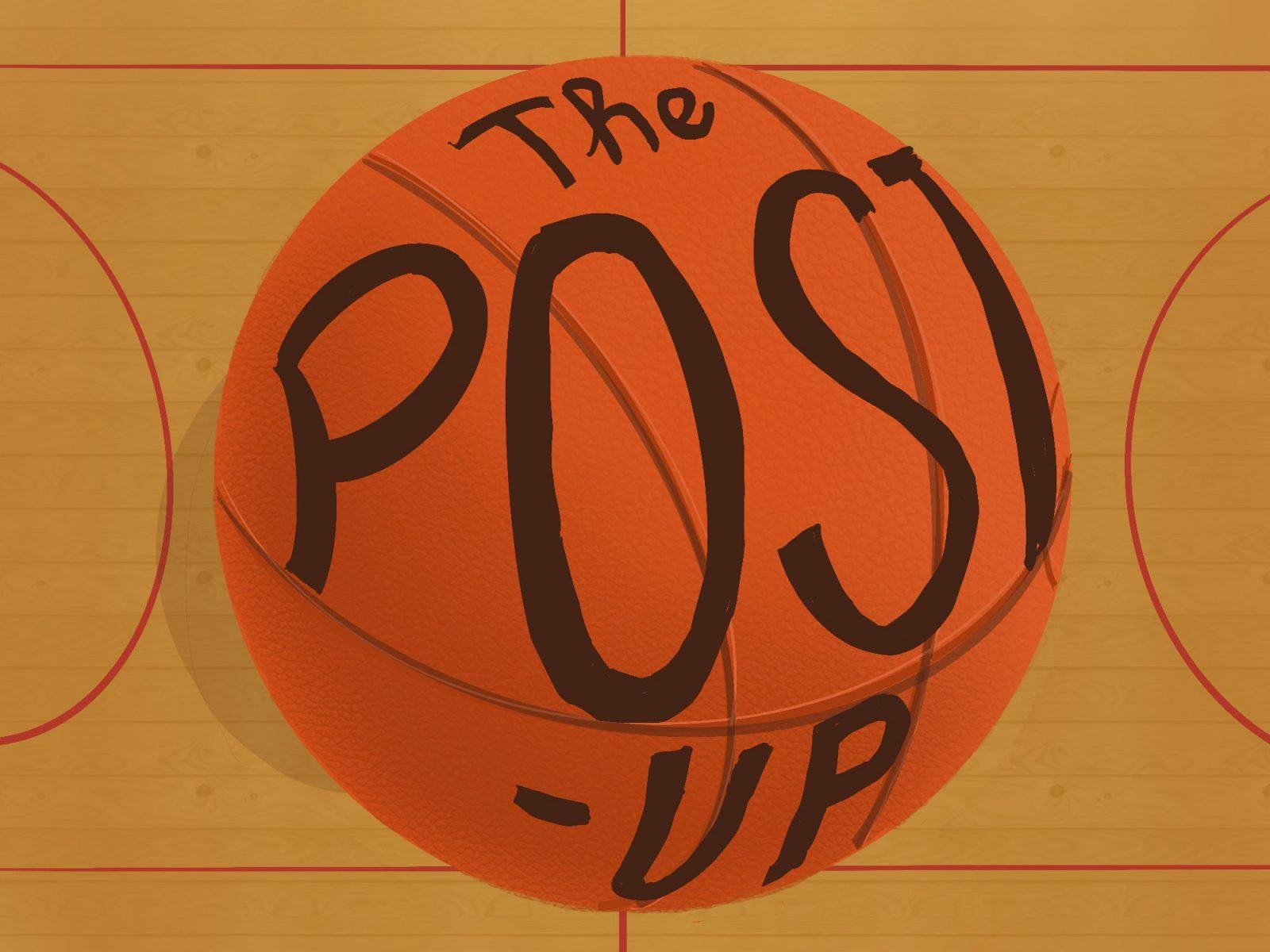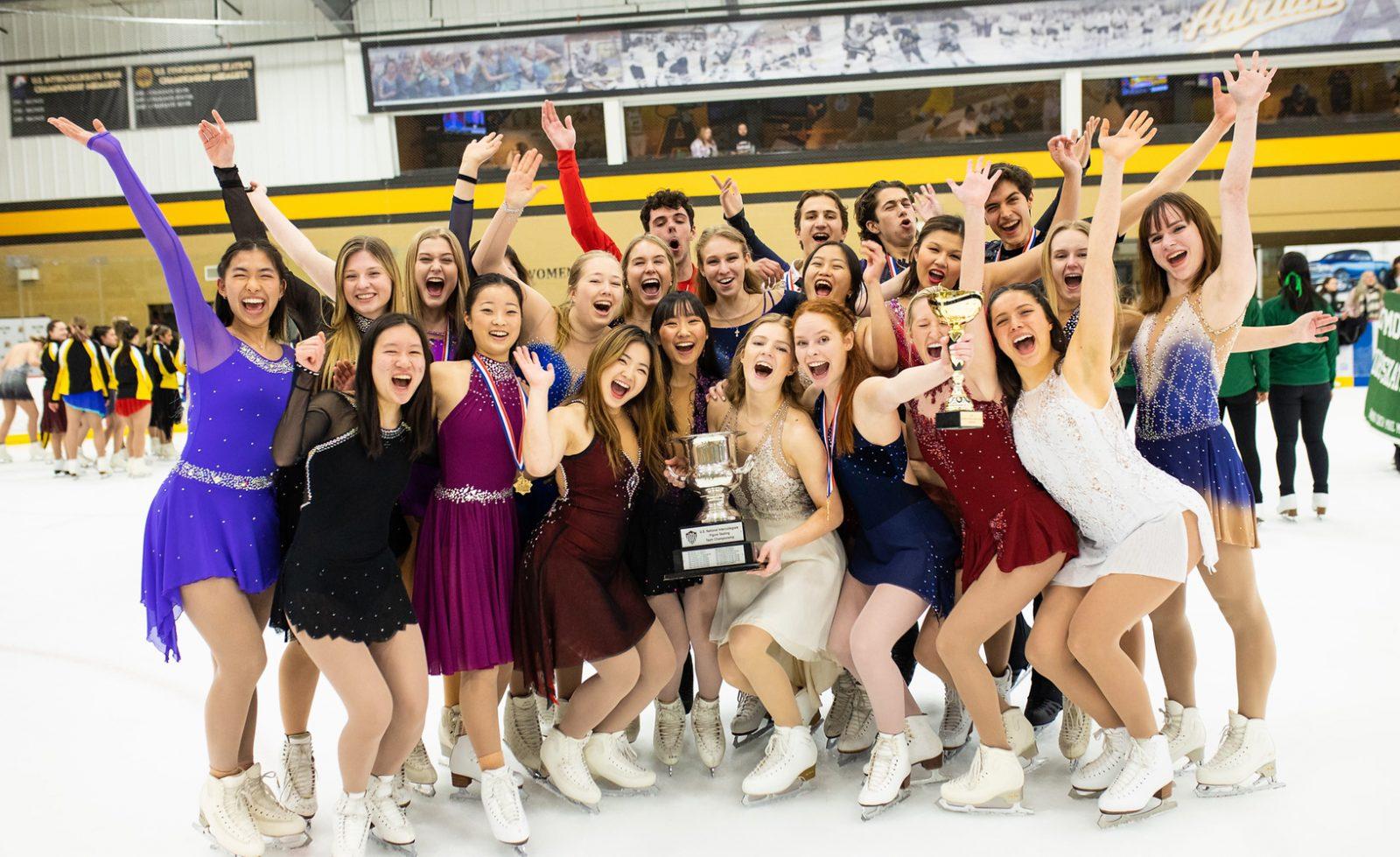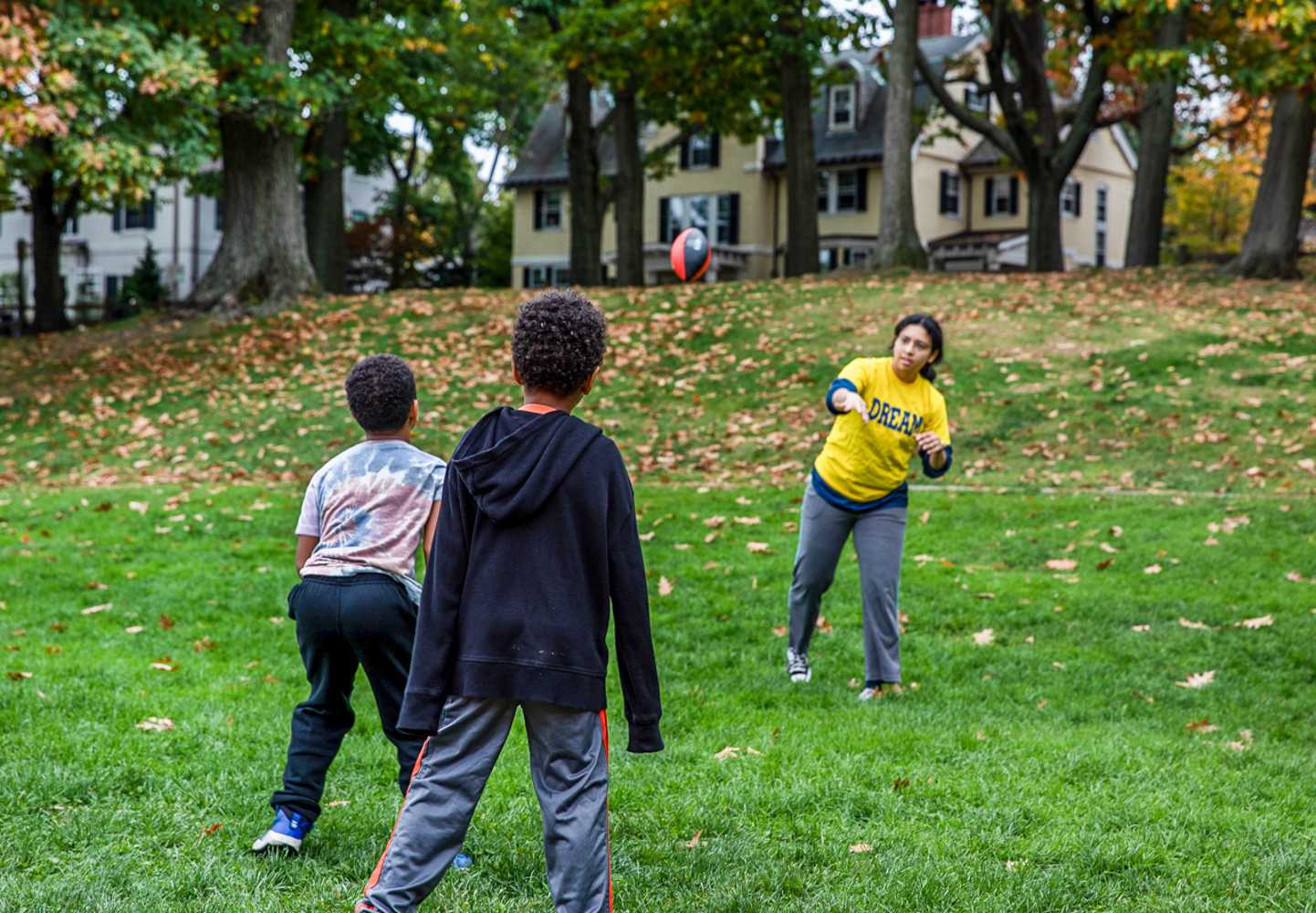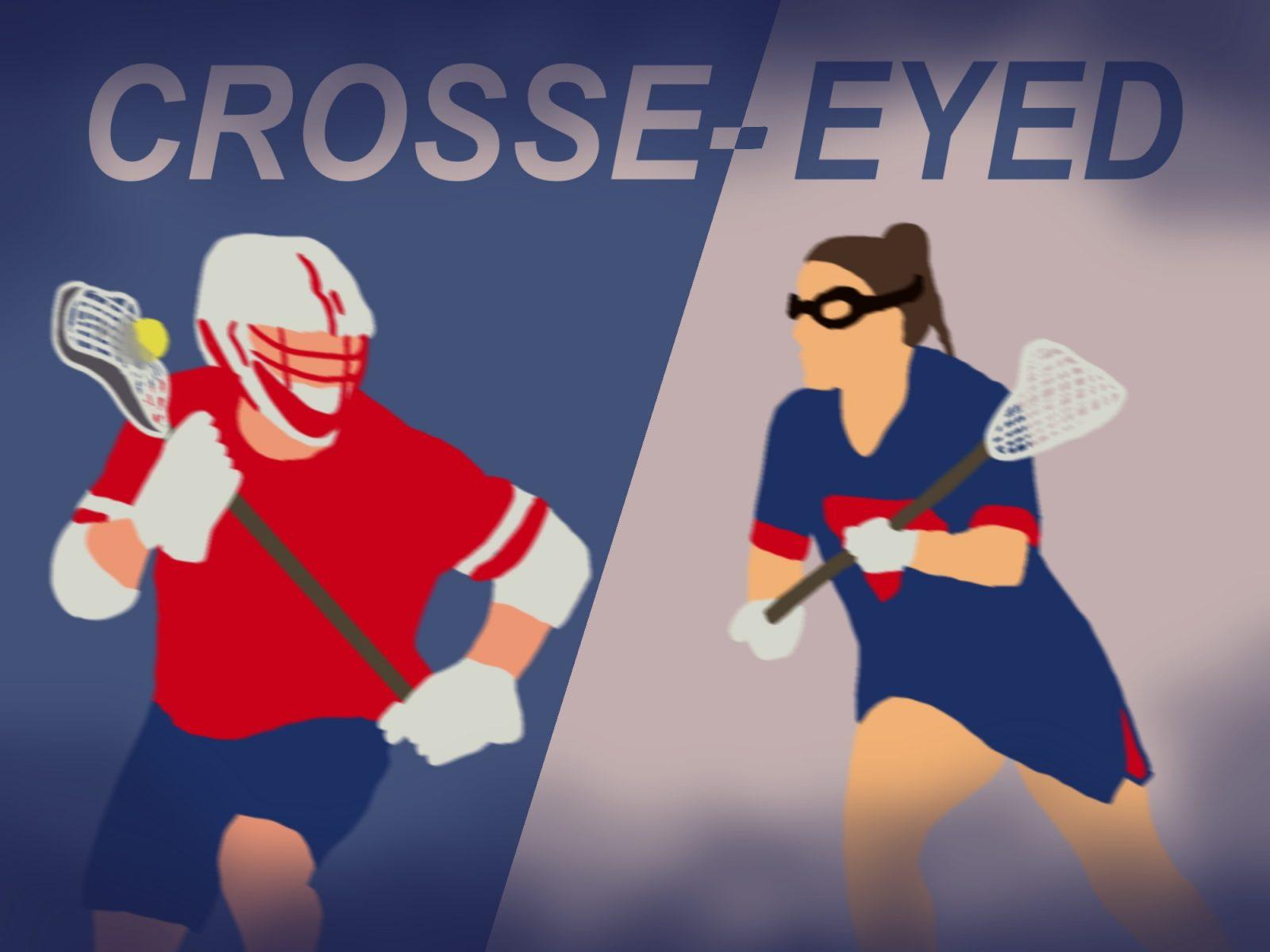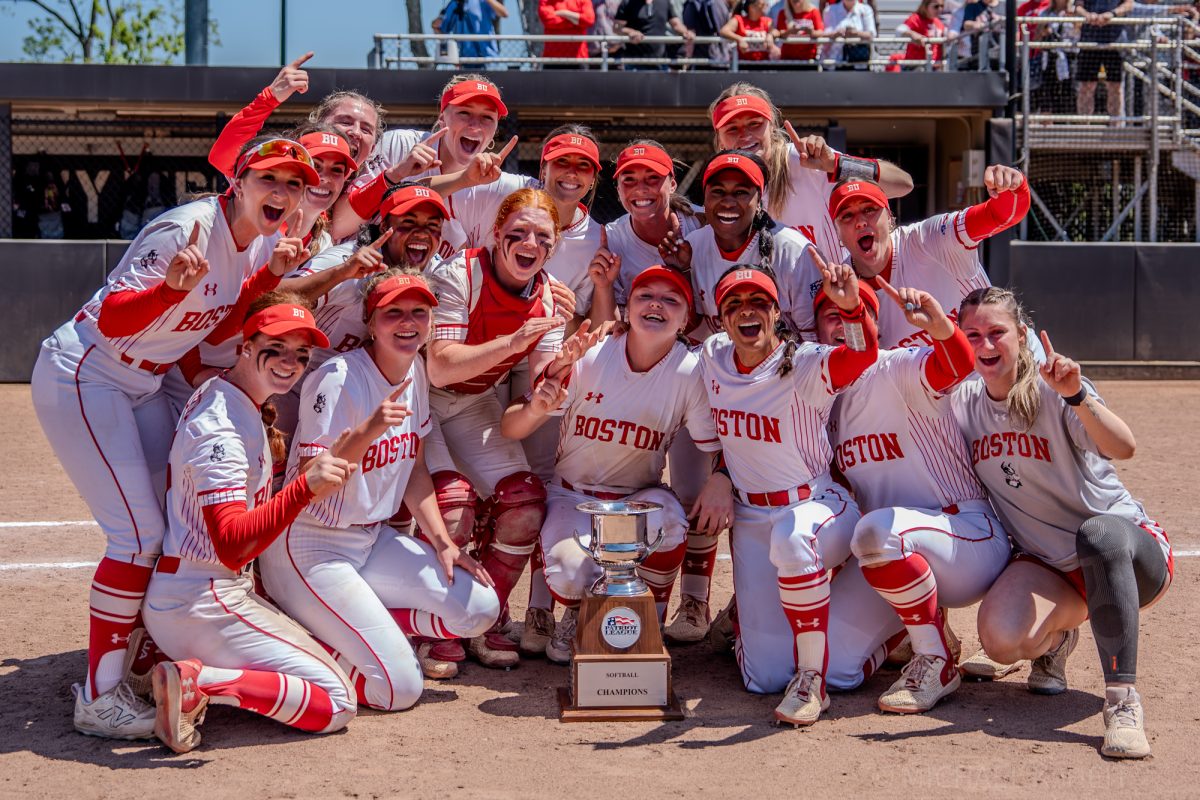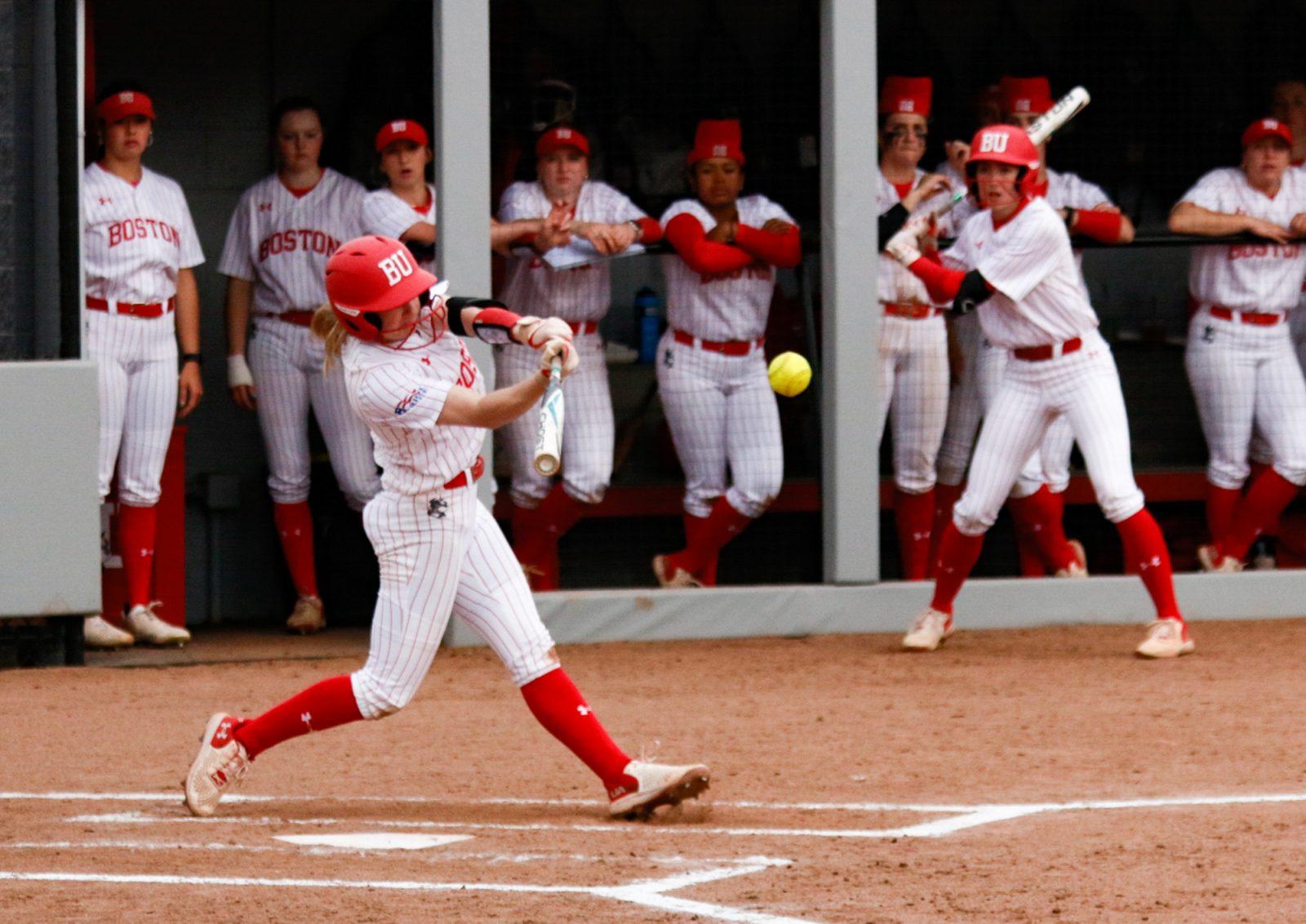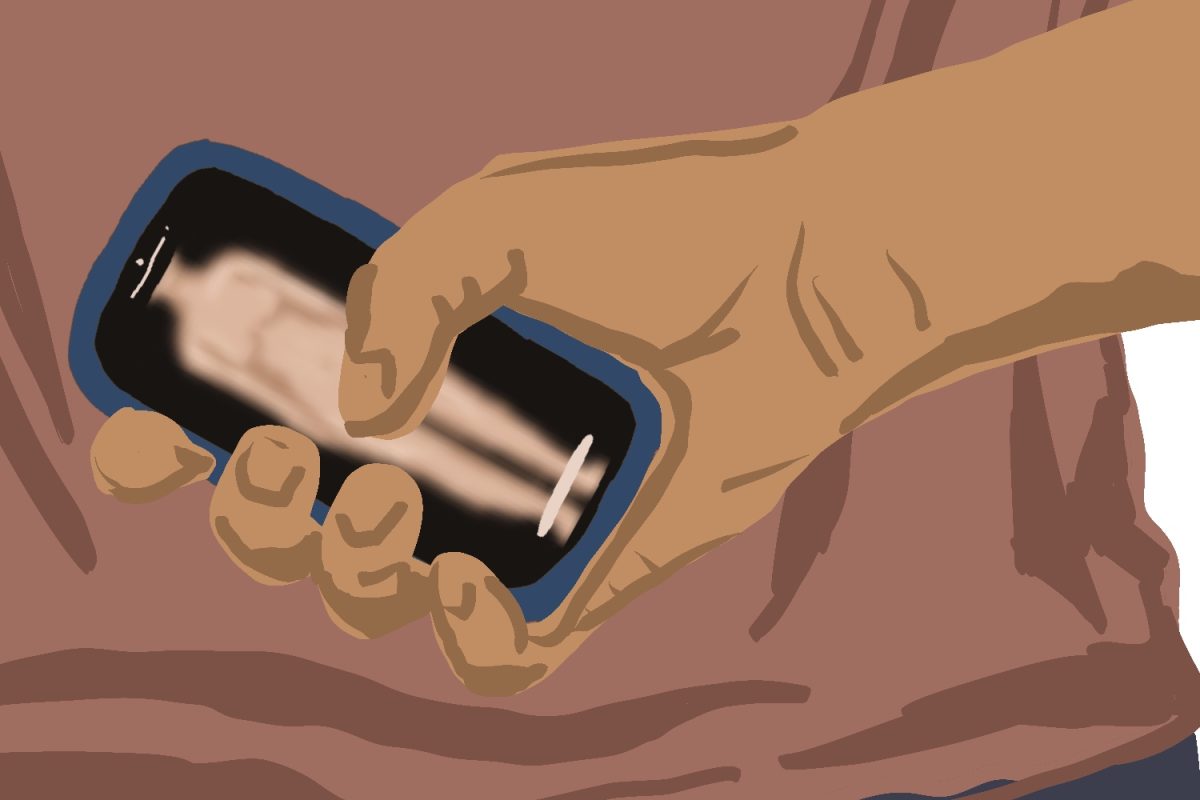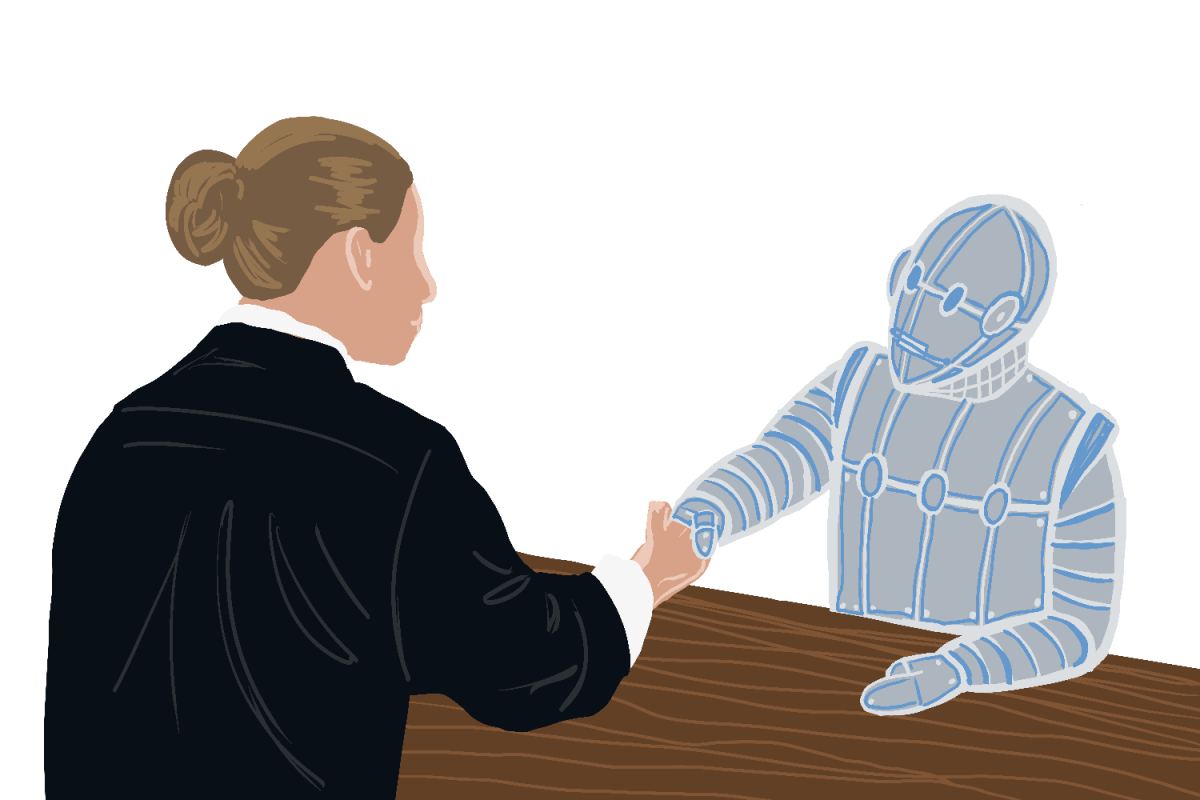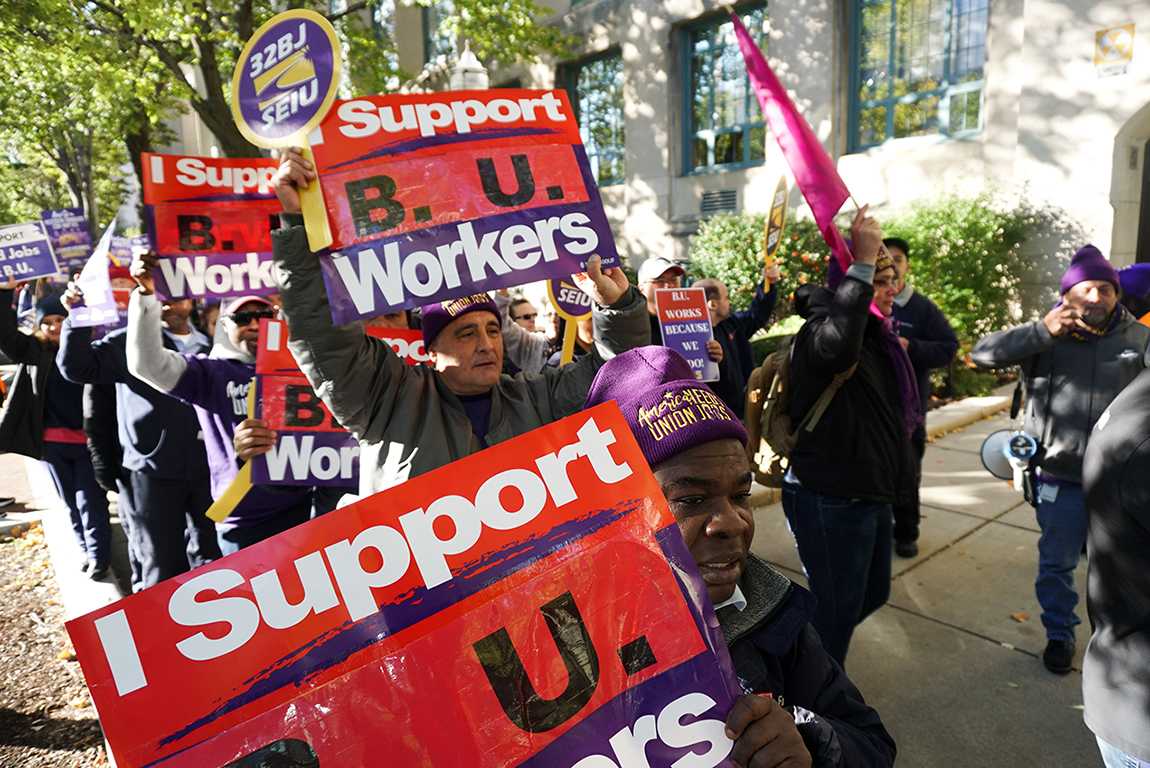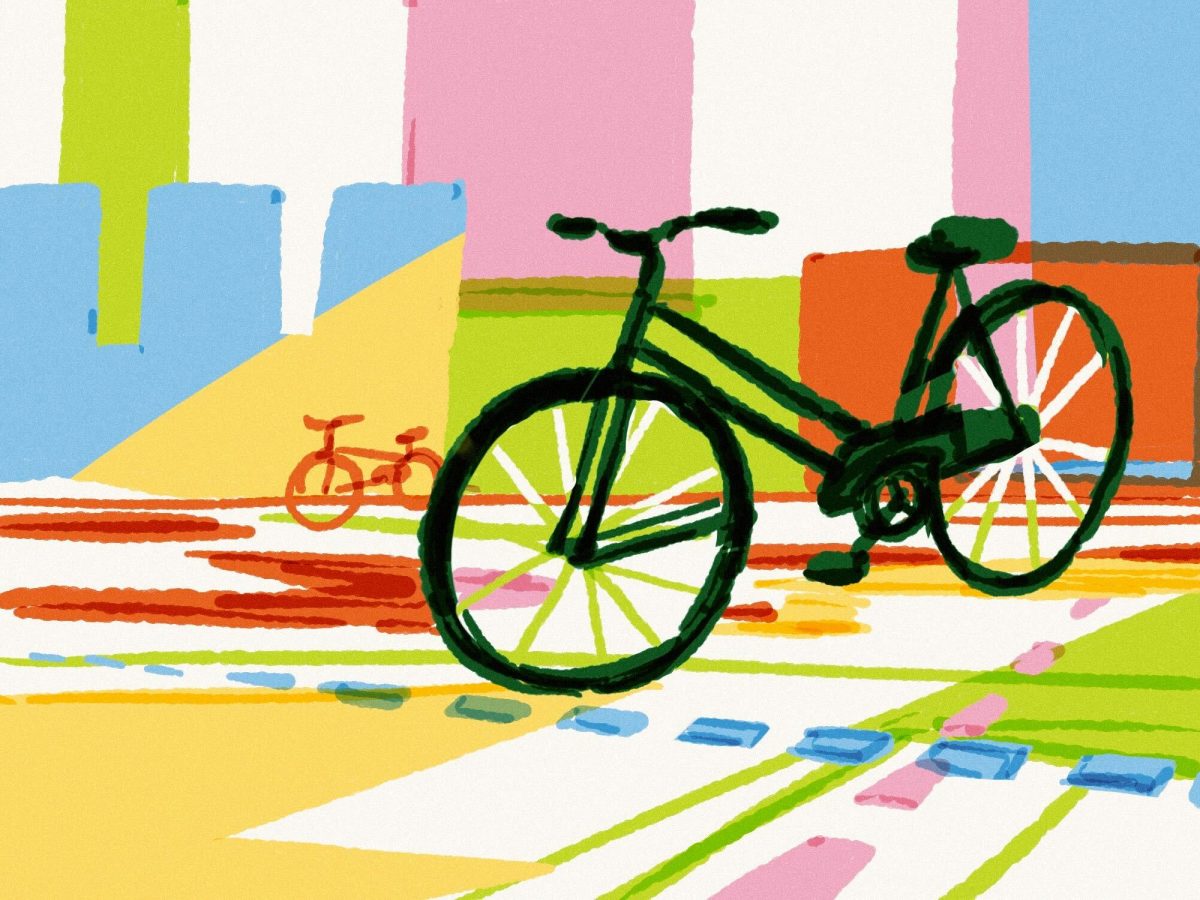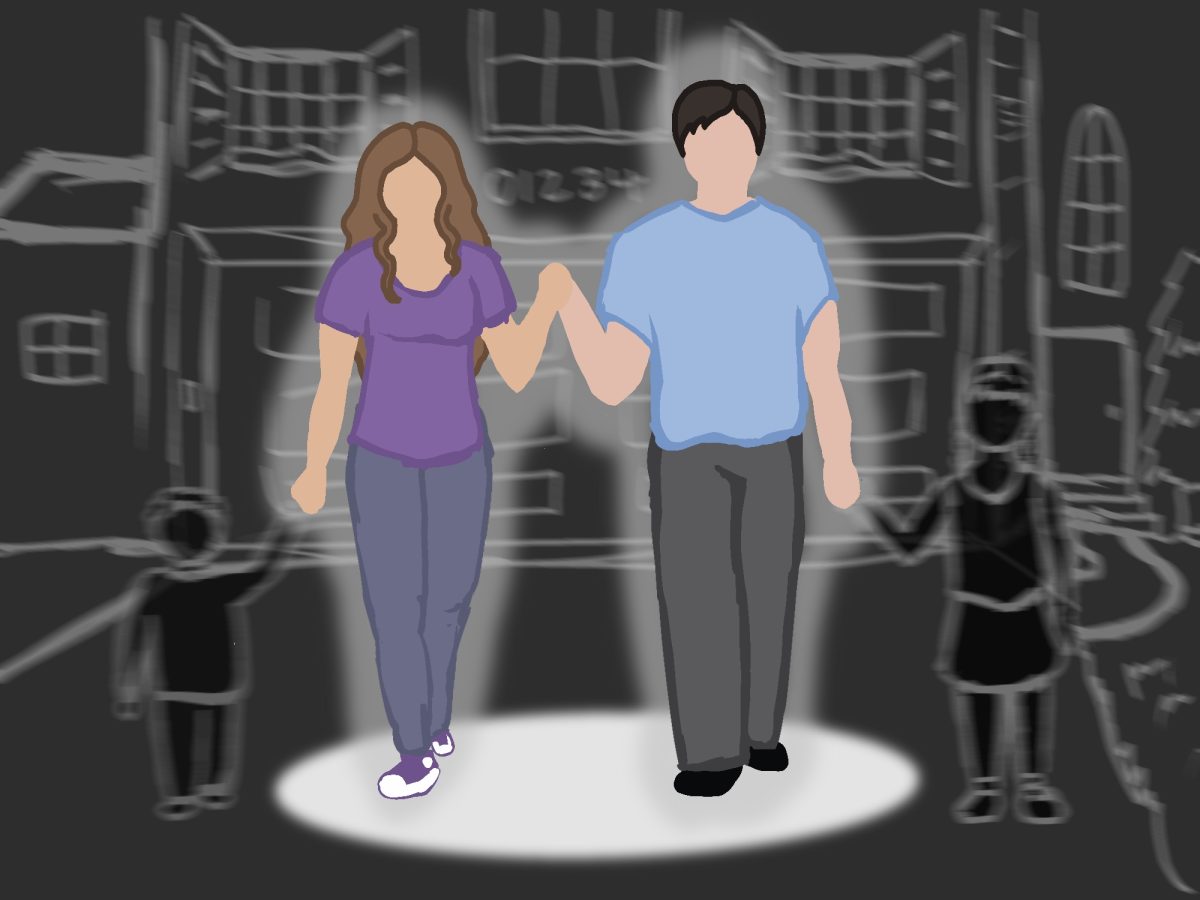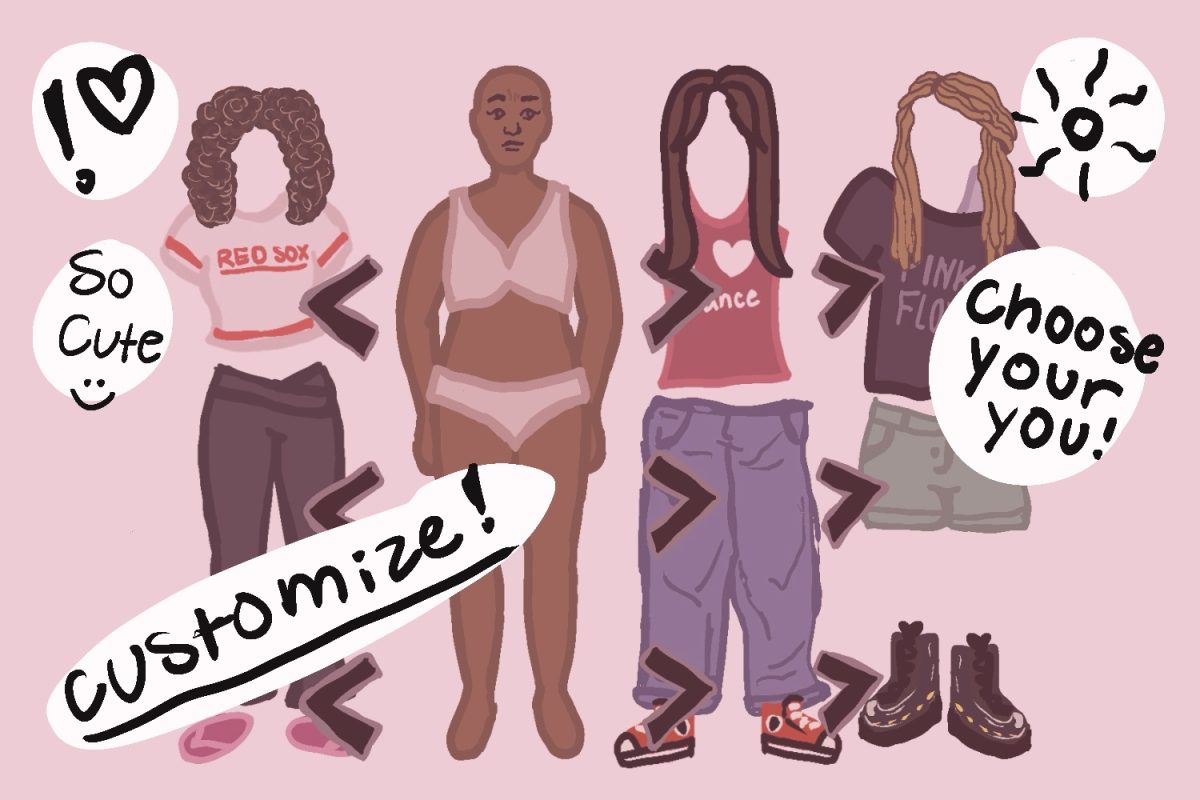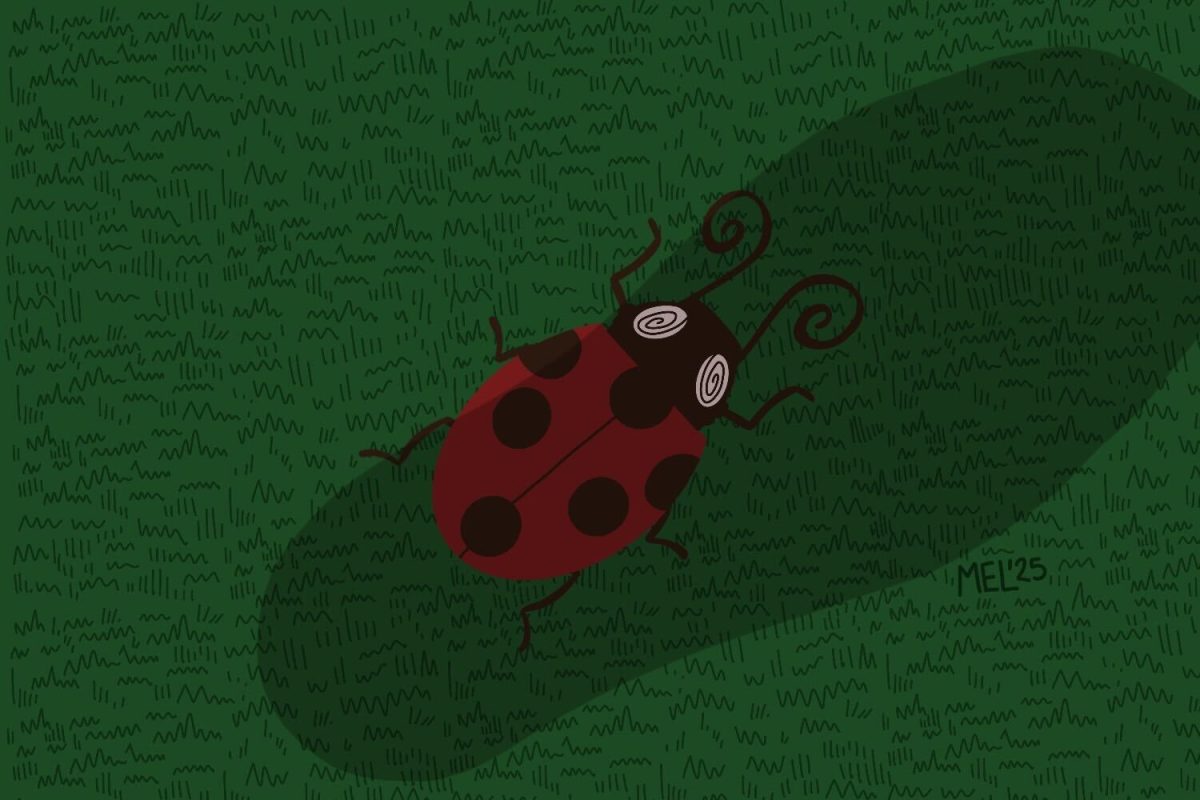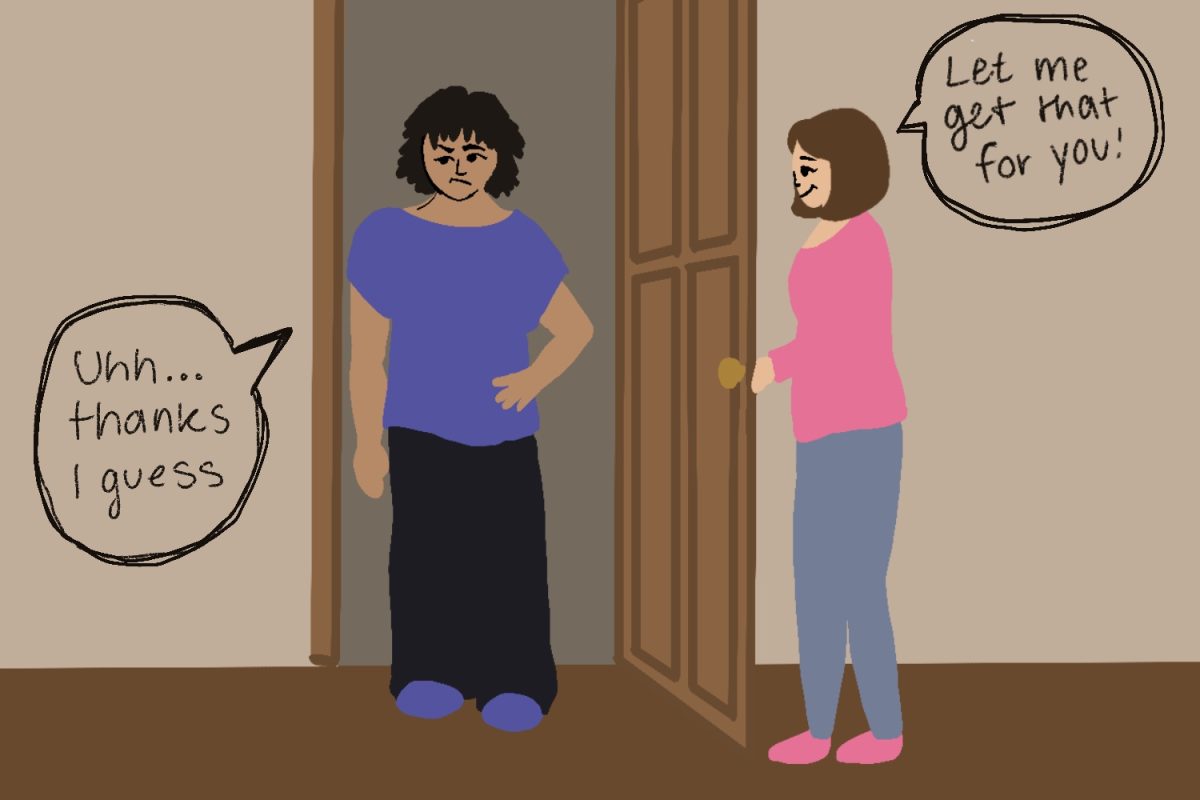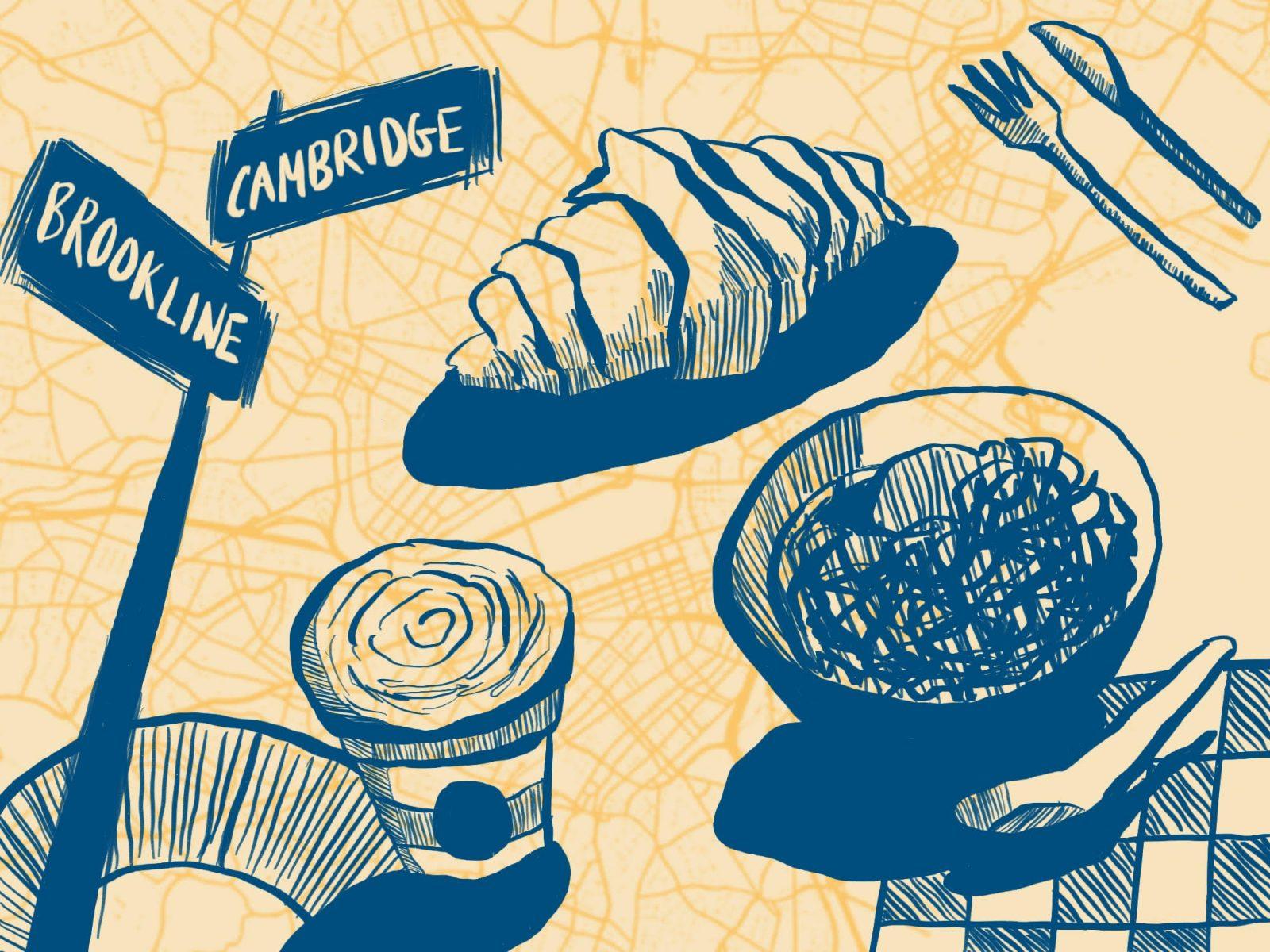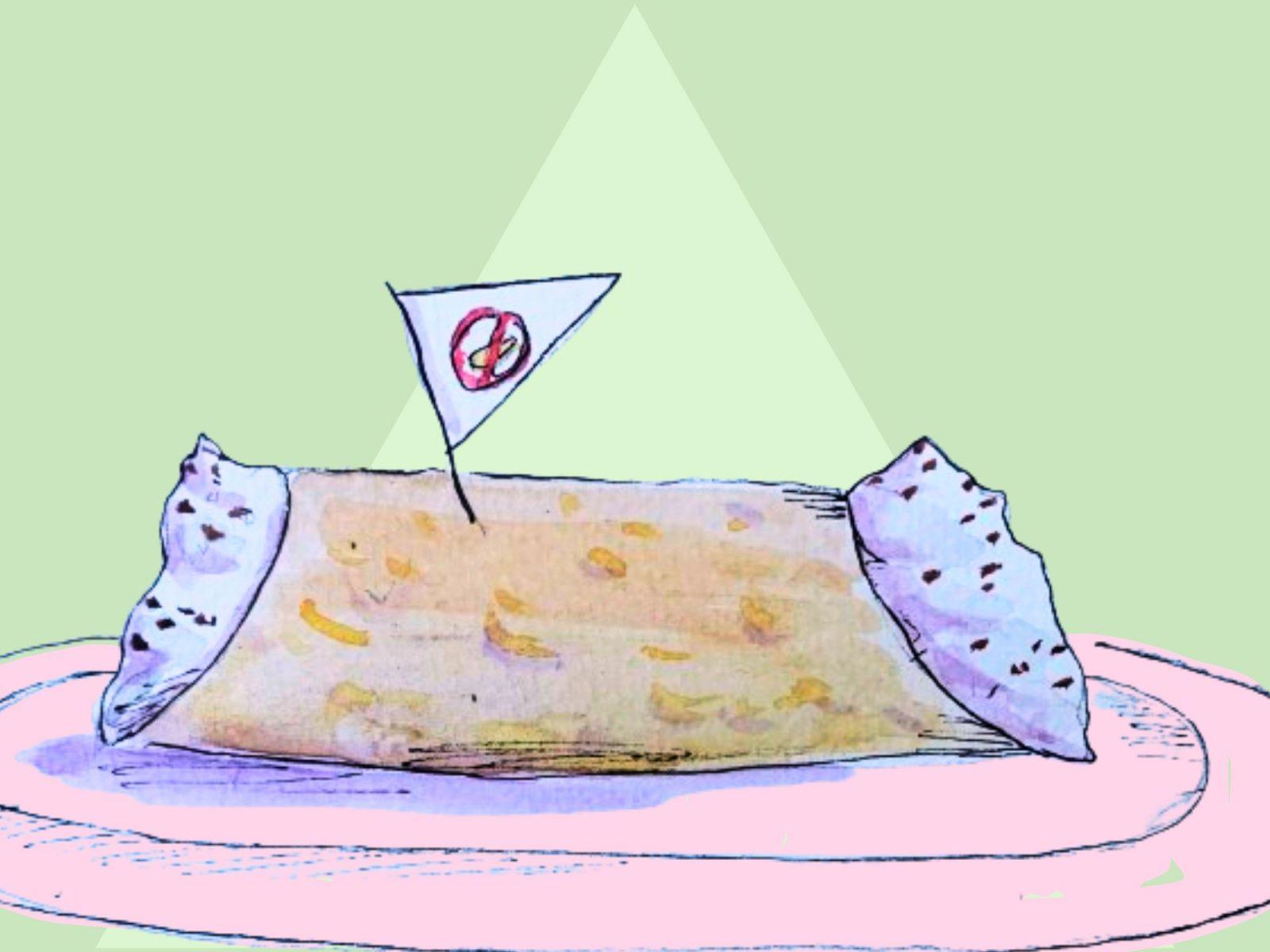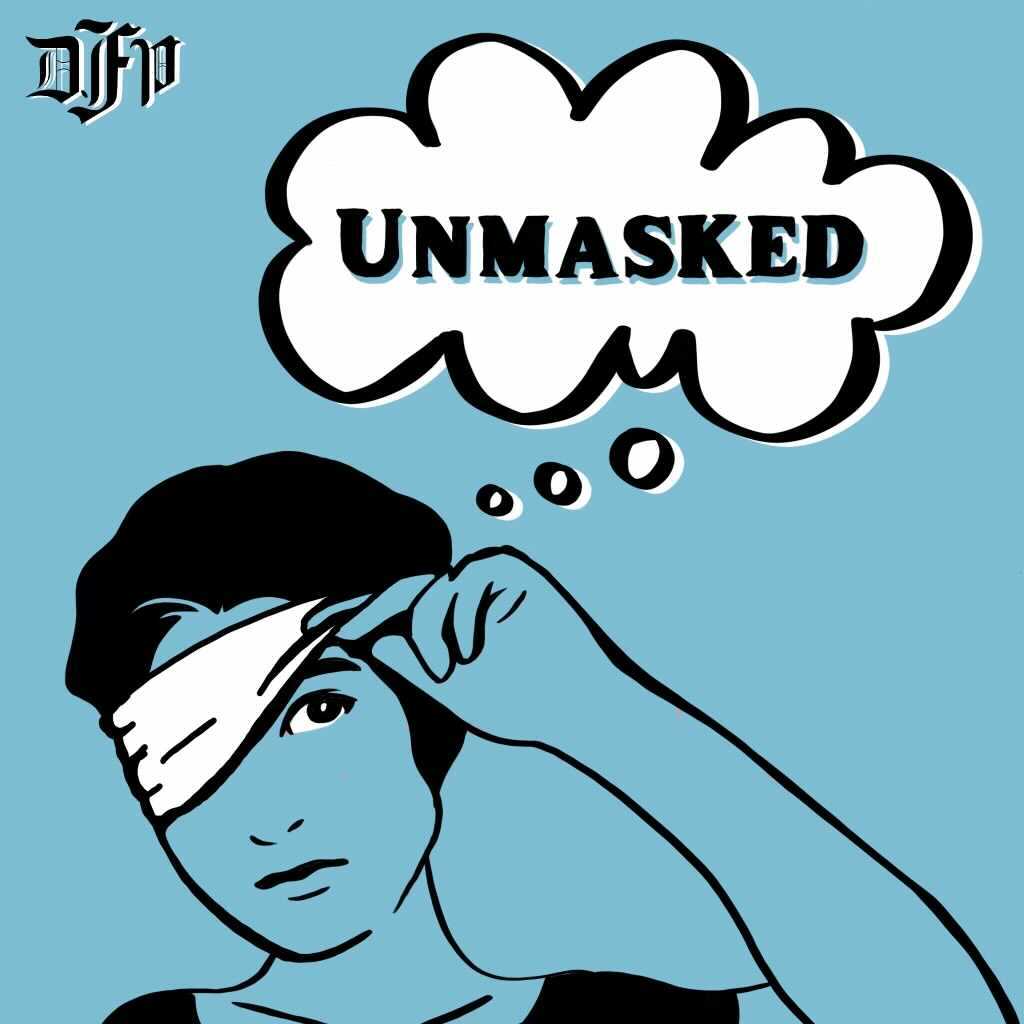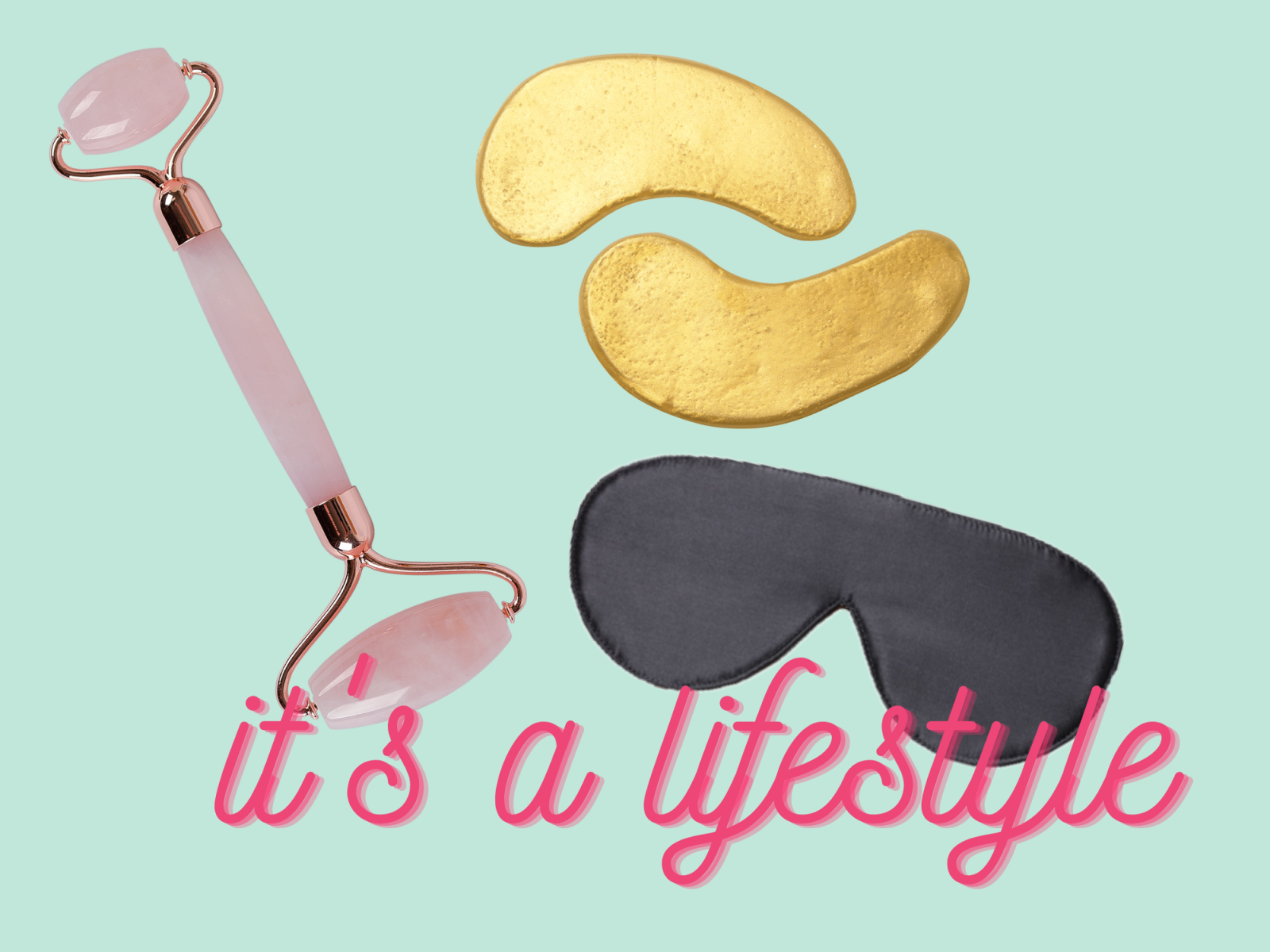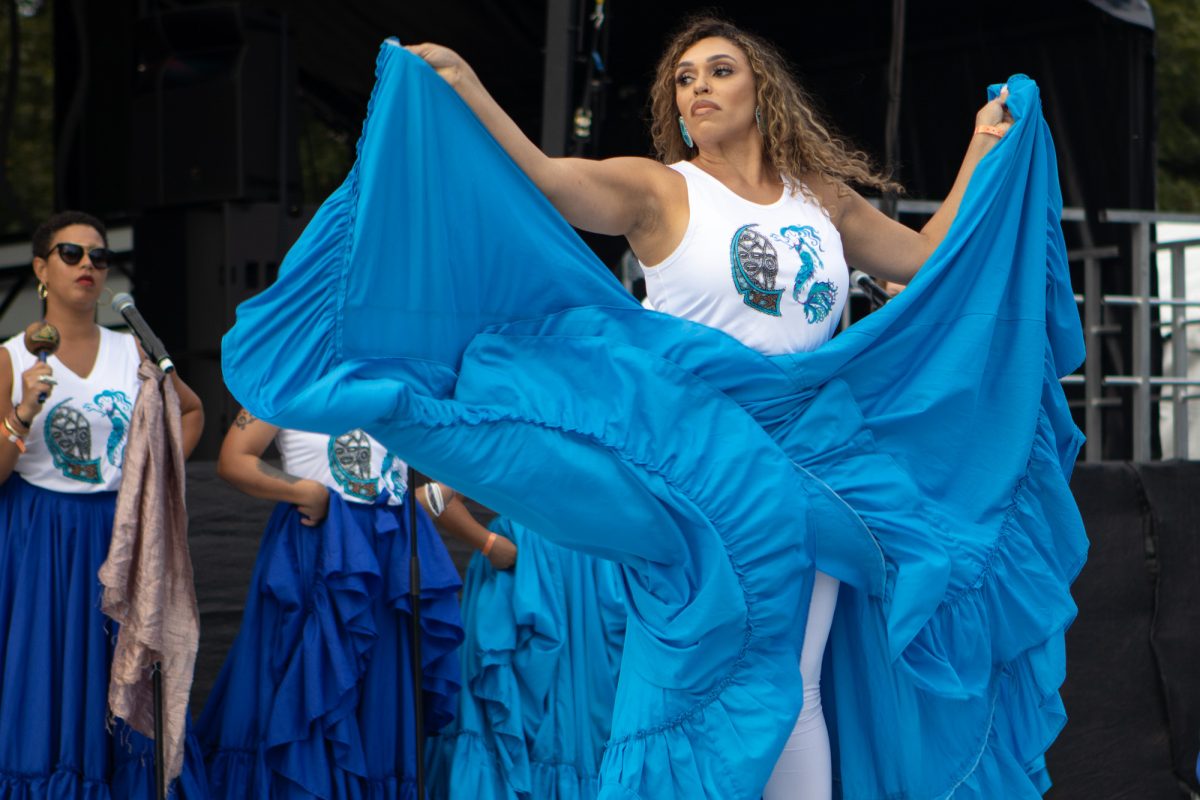I have a confession to make. I love Barbies. I started collecting them when I was a child, and almost two decades later, I’m still a Barbie girl, through and through.
Now, I don’t collect your run-of-the-mill $19.99 for a doll and accessory variety, mind you – although I do have a few of those lying around – but rather real Barbies, of the limited and collector’s edition persuasions.
Even in my earlier days, I always thought the limited edition Barbies provided a refreshing change from the traditional Aryan image that has dominated toy stores for decades.
Sure, the average Barbie has gotten more politically correct in recent years – there are a few stock Barbies and friends on shelves nowadays that cover a basic range of ethnicities — but there has always been something a bit dull to me about the fact that your “traditional” Barbie (or her friends) pretty much always looks the same. Sure, she might be playing the role of school teacher, business woman, roller-blading teenager or homemaker, but the actual doll is always the mirror image of her Barbie counterparts. I always thought that slightly strange.
Collector’s Barbies, though, are a unique breed of doll. Unlike their mainstream sisters, these are a twist on the classic Barbie image, and really, anything goes. One look at my collection — about as off the beaten Barbie path as one can get — confirms this. I have everything from a chic Chanel Barbie, to Galadriel Barbie, to a 1940’s-inspired Hollywood Movie Star Barbie, to ornate Sun and Moon Goddess Barbies, to a hippie-ish Peace and Love Barbie. I even have a kick-ass Charlie’s Angels Barbie, complete with crime-fighting accessories and a change of clothes. Each doll has her own style and her own story, and when it comes to being a member of this Barbie Club, diversity reigns supreme.
Now, I realize the paradox I’m presenting. As a feminist (and an outspoken one at that), shouldn’t I be condemning the Barbie image rather than condoning it? Barbie is a prime tool of the anti-feminist patriarchy. She portrays an unattainable physical ideal, reinforces “traditional” gender roles, represents a masculine view of femininity, and in the hands of young children, serves to indoctrinate a new generation with sexist values often before they’re old enough to understand what sexism is.
Barbie is so engrained in pop culture that everyone knows who she is, and thanks to her elevated status, women strive to be Barbie and men expect women to look like Barbie – who, by the way, would spend her life walking on all fours if she was a real woman: Barbie’s oh-so-desirable physical dimensions may be nice to look at, but they make it absolutely impossible for her to walk upright. Honestly people, are these the ideals we want to pass along to the next generation?
By all accounts, this view is a little extreme. It’s also very much tongue-in-cheek. I’ve never been one to conform to stereotypes or mass mentalities — “traditional” feminist stances included– and really, it’s a bit mad to blame a doll for gender inequality. That’s almost as off the wall as blaming the film, music and fashion industries for plastic surgery, drug use and eating disorders.
While these media definitely reinforce sexist stereotypes, anyone with a modicum of sense can certainly discern the message from the reality, thus ensuring a lifestyle uninfluenced and unharmed by the so-called “values” they preach.
But if not entertainment and pop culture, who can we blame for society’s rampant sexism? There are still quite a few legitimate scapegoats. Parents, for one, who are the primary influence on their children’s political, social and cultural development and ideologies, are definitely to blame for generational sexism (or, in fortunately increasing cases, a lack thereof).
Organized religion, many of whose doctrines are fraught with sexist ideologies, are another wonderfully valid cause of gender inequality. And let’s not forget the current incarnation of the Republican Party, whose work toward eroding women’s rights is unparalled. Republicans may not have created the system of institutionalized discrimination, but they’re not doing much to put a stop to it either.
So really, it’s time that we stopped blaming Barbie. She doesn’t subvert the feminist ideal; she is the feminist ideal. Our generation’s Barbie can be whoever she wants. She no longer needs Ken by her side, and the wide array of roles she takes on serves as a testament to individuality and independence.
Barbie is smart, she’s strong, and yeah, she’s feminine, but since when does femininity make one any less of a feminist?
I’m sure that Sharon Stone, Gabrielle Reece, Gloria Steinem, Christina Aguilera and Nancy Pelosi would agree that a feminine feminist isn’t quite as much of an oxymoron as you may believe.
In the end, it’s all about perspective. One can take an antiquated view of Barbie and be demeaned, or one can think outside traditional Barbie stereotypes and be empowered. And as a tried and true Barbie girl and proud member of the Barbie Club, I choose the latter. After all, isn’t feminism about having the choice and opportunity to be whoever it is you want to be?
Olena Ripnick, a senior in the College of Communication, is a weekly columnist for The Daily Free Press. She can be reached at [email protected].










